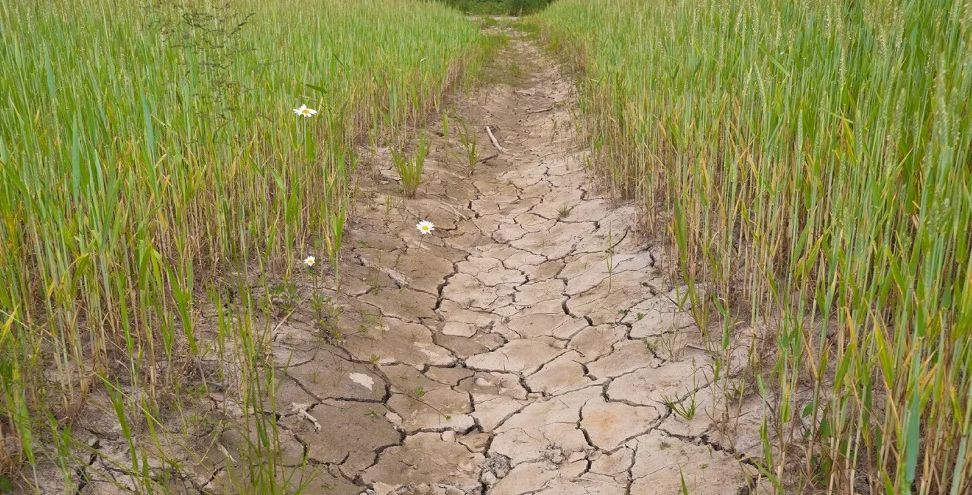HHNK remains alert to drought in Hollands Noorderkwartier
The drought started early this year. Even though the first rain of spring has fallen, we remain alert for drought. February, March and (early) April were exceptionally dry and sunny months. March was the driest March ever recorded in the Netherlands since records began in 1906. An average of only 6 millimeters of precipitation fell across the country compared to the normal 53 millimeters. (Source: KNMI).
This means that nature, agriculture and water managers in the Netherlands are already facing drought. We are closely monitoring the situation and taking precautionary measures where necessary. In our area the first signs of drought are visible, but there is no reason to Health.
Water supply
Water demand is higher due to drought. Agricultural and horticultural companies are watering their crops with ditch water in some places in our area. To respond to the situation, we keep a close eye on the water level. Where necessary (and where possible) the water levels in canals and ditches have been raised to summer levels. Rijkswaterstaat has raised the water levels in the IJsselmeer and Markermeer lakes. In this way, more water is retained and a buffer is created for the summer. In the warm summer period, residents and businesses generally use more water, it rains less and water evaporates more quickly.
Dike inspections
The lack of precipitation causes the top layer of a dike to dry faster and may eventually cause cracking. In Hollands Noorderkwartier, the top layer of dikes is becoming somewhat drier, but no cracks have been observed. The dikes are safe. Our employees in the field are constantly alert to damage caused by drought. As soon as there is a significant rainfall deficit (from 225 mm), our inspectors go out to check dikes. In this way, cracks in dikes are identified and addressed in a timely manner. In this way we ensure safe dikes and residents keep their feet dry.
